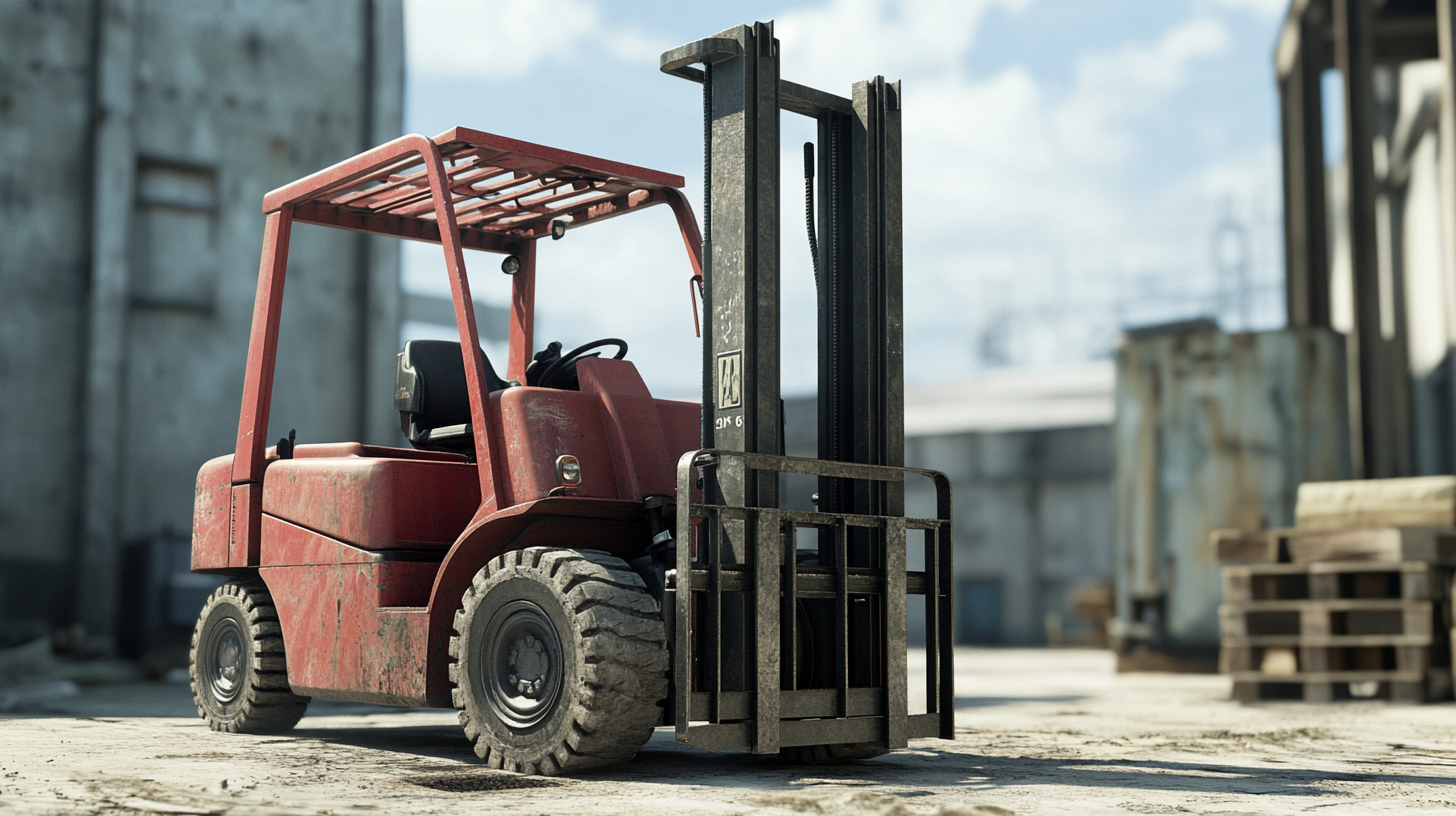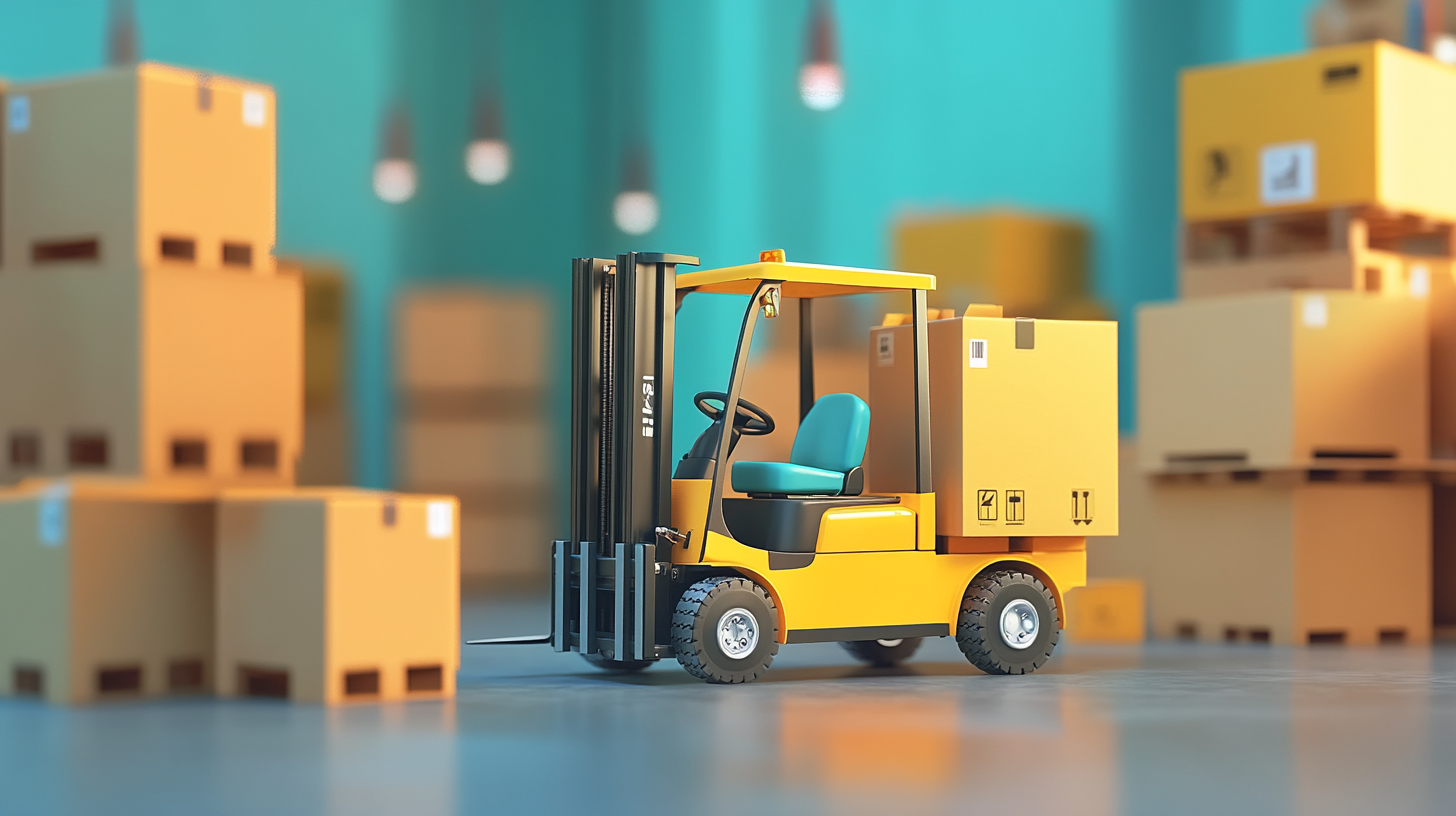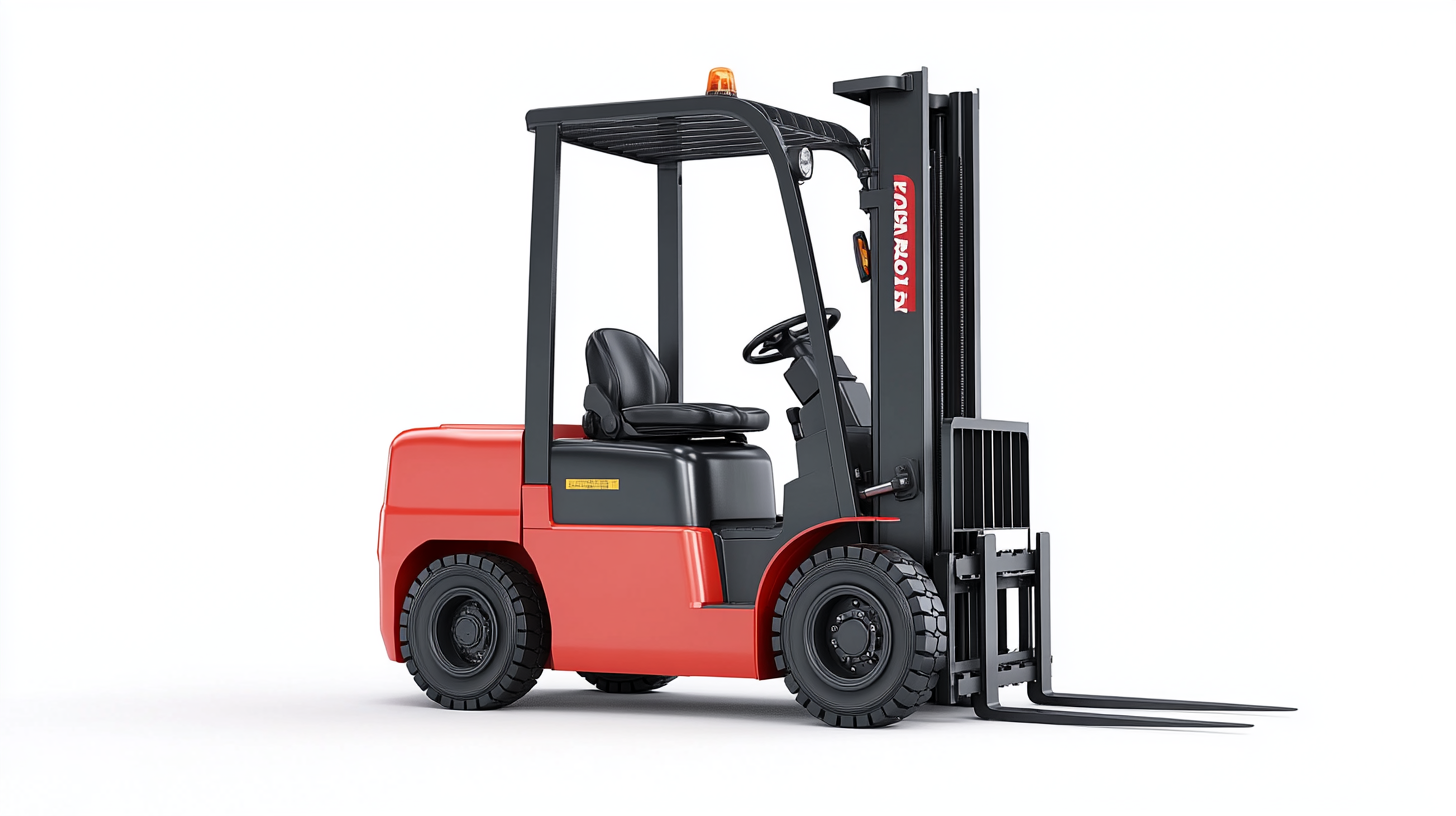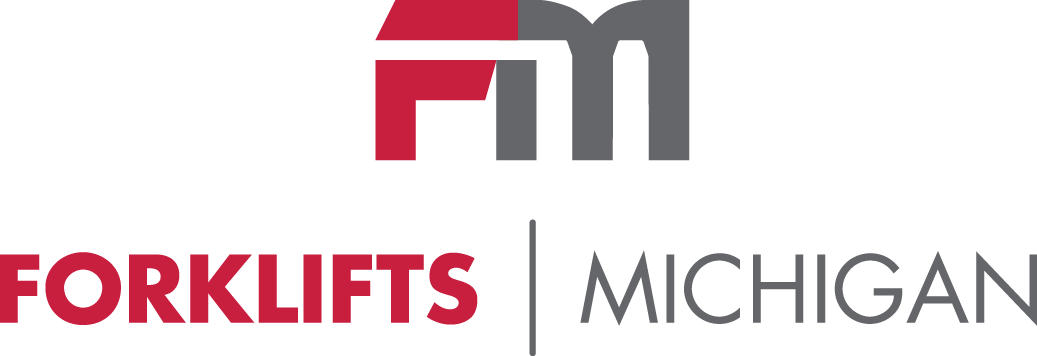How to Find the Best Deals on Secondhand Forklifts for Your Business Needs
In today's competitive business landscape, making smart financial decisions is crucial for success. One area where significant savings can be found is in the purchase of secondhand forklifts. These pre-owned machines not only provide the same functionality as new models but also offer substantial cost savings, allowing businesses to allocate resources more effectively. Whether you're a small enterprise or a large corporation, exploring the market for secondhand forklifts can help you meet your operational needs without burdening your budget.
However, finding the best deals on secondhand forklifts requires more than just browsing online listings. It's important to approach the buying process strategically, ensuring that you're making an informed decision that suits your specific requirements. From assessing the condition of the equipment to understanding pricing trends, this blog will guide you through the essential steps in locating and securing the best possible secondhand forklifts for your business needs. Let's dive into the key factors that will help you navigate this market successfully.

Understanding the Secondhand Forklift Market: Trends and Key Statistics
Understanding the secondhand forklift market is essential for businesses looking to make informed purchasing decisions. The demand for forklifts continues to rise, reflecting their critical role in material handling across various industries. Recent statistics show that the global forklift truck market size was valued at $2.1 billion in 2021 and is expected to exceed $2.8 billion by 2028, indicating a robust growth trend in the sector. Additionally, the automated forklift truck segment is gaining traction, with its market size projected to grow from $0.75 billion in 2025 to $1.52 billion in the future. A compound annual growth rate (CAGR) of 4.5% underscores the increasing adoption of automation within material handling operations, resulting in enhanced efficiency and cost-effectiveness. This shift not only enhances productivity but also influences the pricing landscape for secondhand forklifts. Investing in secondhand forklifts can provide significant cost savings, especially when considering that new models can be considerably expensive. Understanding market trends and statistics empowers businesses to negotiate better prices and choose the right equipment to meet their specific operational needs. By keeping an eye on these market developments, companies can capitalize on the best deals available and improve their overall operational efficiency.

Evaluating the Condition and Efficiency of Used Forklifts: What to Look For
When searching for secondhand forklifts for your business needs, evaluating the condition and efficiency of the equipment is crucial. A thorough inspection should be the first step in your buying process. Begin by examining the forklift’s exterior for any signs of significant wear or damage. Look for rust, cracked frames, or worn tires, which can indicate a lack of maintenance and compromise safety. The age of the forklift can also provide insights into its condition; older models may have more wear and tear but could still be a viable option if properly maintained.
Beyond visual checks, it’s essential to assess the performance metrics of the used forklift. This includes checking the operating hours, as a lower number often signifies a longer remaining lifespan. Additionally, test the forklift to ensure all mechanical components function smoothly, including brakes, steering, and hydraulic systems. If possible, review the maintenance records to confirm that routine service has been performed regularly, which can significantly impact the equipment's efficiency and longevity.
Lastly, to further enhance your evaluation process, consider utilizing advanced technologies such as drone imagery for inspection. As highlighted in the recent advancements in object detection methods like YOLOv5, drones can provide an aerial perspective on larger fleet operations, helping to identify inefficiencies or areas in need of attention. By integrating modern inspection techniques with traditional assessments, you can make a more informed decision when selecting the best secondhand forklift to meet your business's demands.

Comparing Costs: New vs. Secondhand Forklifts and Potential Savings
When considering the acquisition of forklifts for your business, one of the most critical decisions revolves around whether to purchase new or secondhand models. The initial cost of new forklifts can be daunting, often leaving businesses weighing their options carefully. By comparing the costs of new and secondhand forklifts, companies can uncover potential savings that significantly impact their overall budget.
Secondhand forklifts typically come at a fraction of the cost of new units, making them an attractive option for businesses looking to optimize their capital expenditure. Many secondhand models are still in excellent condition and have been maintained well, offering reliable functionality without the hefty price tag of new equipment. Investing in a used forklift can free up funds for other critical areas within a business, such as employees' training or enhancements in productivity.
However, it is essential to conduct thorough research before purchasing a secondhand forklift. Factors such as the forklift's age, maintenance history, and warranty options must be taken into account. By directly comparing the long-term operational costs, including fuel efficiency and repair expenses between new and secondhand options, it becomes possible to assess the true value of each choice and determine which will offer the best return on investment for your specific business needs.

Where to Source Reliable Secondhand Forklifts: Trusted Platforms and Dealers
Finding reliable secondhand forklifts can significantly impact your business operations without straining your budget. To navigate this process effectively, it’s essential to know where to source these machines. Trusted platforms and reputable dealers are critical in ensuring that you get quality equipment that meets your operational needs.
Start by exploring online marketplaces specifically designed for industrial equipment. Websites like MachineryTrader and EquipNet offer a wide selection of secondhand forklifts, allowing you to filter by brand, load capacity, and price. These platforms provide valuable tools for comparing different models and reading user reviews, which can guide your decision-making. Ensure to check the seller's ratings and the number of transactions they've completed for added assurance.
In addition to online options, local dealers and auctions present excellent opportunities for finding well-maintained secondhand forklifts. Many dealers specialize in refurbished equipment that comes with warranties, offering peace of mind. Attending industrial equipment auctions allows you to inspect forklifts in person and ask questions about their maintenance history. Moreover, engaging with local business networks or forums can lead to recommendations for trusted dealers who prioritize quality.
Negotiation Strategies for Securing the Best Price on Used Forklifts
Negotiating effectively is crucial when securing the best price on secondhand forklifts, especially in today's competitive market. According to a report by the Occupational Safety and Health Administration (OSHA), the forklift industry continues to grow, with an estimated 700,000 forklifts in operation across the United States alone. This growing demand can drive up prices, making it essential for businesses to leverage negotiation strategies to avoid overspending.
One effective strategy is to conduct thorough market research. Understanding the average market price for the specific make and model of the forklift you are interested in can give you a solid baseline for negotiation. Industry reports indicate that prices for used forklifts can vary significantly based on age, condition, and brand reputation. For instance, a well-maintained forklift from a reputable brand can hold up to 70% of its original value after five years, which underscores the importance of assessing the condition before making an offer.
Additionally, timing your purchase can greatly influence your negotiation leverage. Industry trends suggest that purchasing during off-peak seasons, such as late fall or early winter, can yield better deals as sellers are often more eager to clear out inventory. Furthermore, being prepared to walk away from a deal can position you as a stronger negotiator. Studies show that walking away can entice sellers to reconsider their pricing strategies, often resulting in a better offer.
By employing these negotiation strategies and being informed about market conditions, businesses can secure the best possible deals on secondhand forklifts, ultimately optimizing their operational costs.



